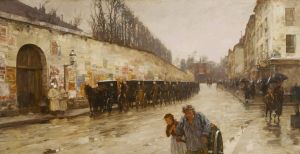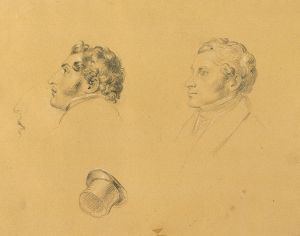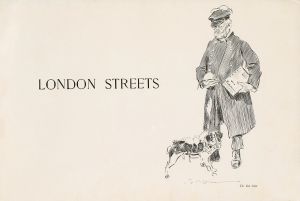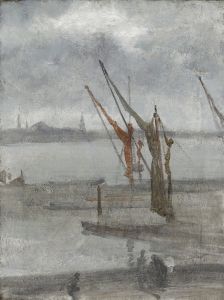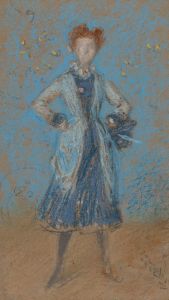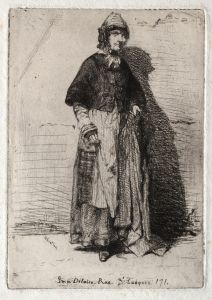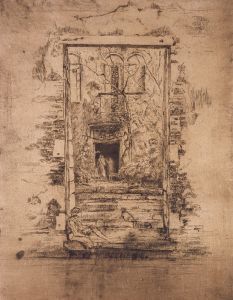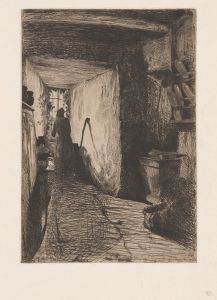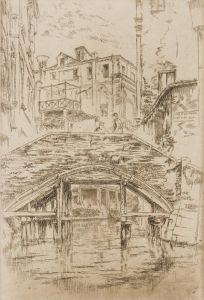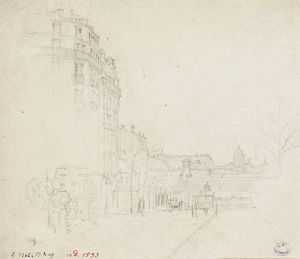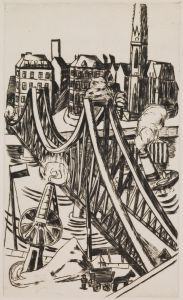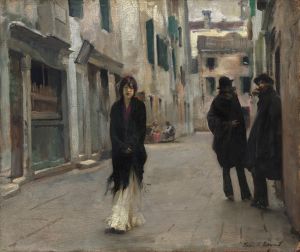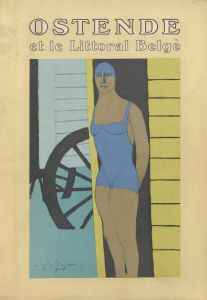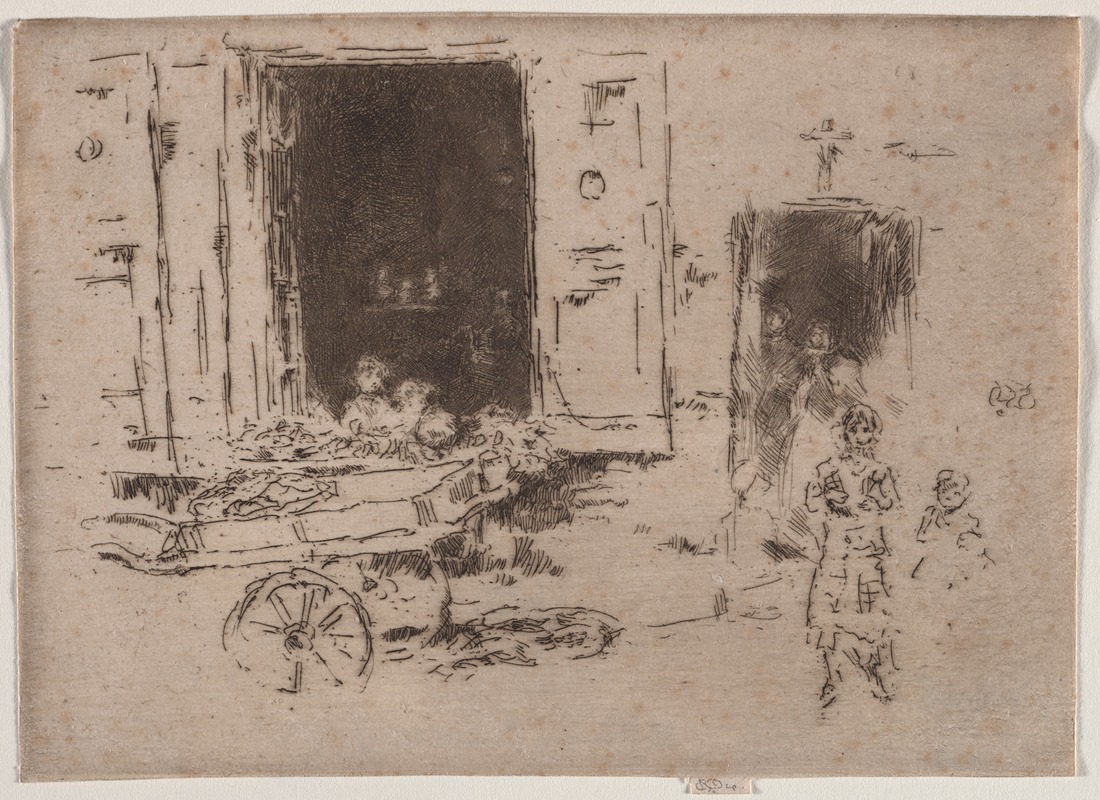
The Barrow – Quartier des Marolles, Brussels
A hand-painted replica of James Abbott McNeill Whistler’s masterpiece The Barrow – Quartier des Marolles, Brussels, meticulously crafted by professional artists to capture the true essence of the original. Each piece is created with museum-quality canvas and rare mineral pigments, carefully painted by experienced artists with delicate brushstrokes and rich, layered colors to perfectly recreate the texture of the original artwork. Unlike machine-printed reproductions, this hand-painted version brings the painting to life, infused with the artist’s emotions and skill in every stroke. Whether for personal collection or home decoration, it instantly elevates the artistic atmosphere of any space.
James Abbott McNeill Whistler, an American artist known for his contributions to the aesthetic movement and his distinctive style, created a series of etchings and paintings that captured the essence of various European locales. Among these works is "The Barrow – Quartier des Marolles, Brussels," an etching that reflects Whistler's keen interest in urban scenes and his ability to convey the atmosphere of a place through his art.
Whistler was born in Lowell, Massachusetts, in 1834, and spent much of his early life in Europe. He was deeply influenced by the European art scene, particularly the works of the French Impressionists and the Realists. His move to Europe allowed him to immerse himself in the artistic movements of the time, and he became known for his innovative techniques and his focus on the harmony of color and composition.
"The Barrow – Quartier des Marolles, Brussels" is part of Whistler's series of etchings that depict various urban scenes. The Quartier des Marolles is a historic district in Brussels, known for its vibrant street life and its mix of cultures and architectural styles. Whistler's etching captures the essence of this bustling area, focusing on a street vendor's barrow, which serves as the central subject of the piece. The etching is characterized by Whistler's delicate line work and his ability to capture the nuances of light and shadow, which bring the scene to life.
Whistler's etchings are noted for their precision and attention to detail, qualities that are evident in "The Barrow – Quartier des Marolles, Brussels." His use of line and shading creates a sense of depth and movement, drawing the viewer into the scene. The composition is carefully balanced, with the barrow positioned in the foreground and the surrounding architecture and figures providing context and atmosphere.
The etching is part of Whistler's broader exploration of urban life, a theme that recurs throughout his work. He was fascinated by the everyday scenes of city life, and his etchings often depict street vendors, shopkeepers, and other figures going about their daily routines. This focus on the ordinary and the mundane is a hallmark of Whistler's work, reflecting his belief in the beauty of everyday life.
Whistler's work, including "The Barrow – Quartier des Marolles, Brussels," has been influential in the development of modern art. His emphasis on composition and his innovative use of line and form have inspired generations of artists. Today, Whistler is remembered as a key figure in the transition from traditional to modern art, and his etchings continue to be celebrated for their technical skill and artistic vision.
In summary, "The Barrow – Quartier des Marolles, Brussels" is a testament to Whistler's ability to capture the spirit of a place through his art. His attention to detail and his focus on the beauty of everyday life are evident in this etching, which remains an important part of his artistic legacy.





